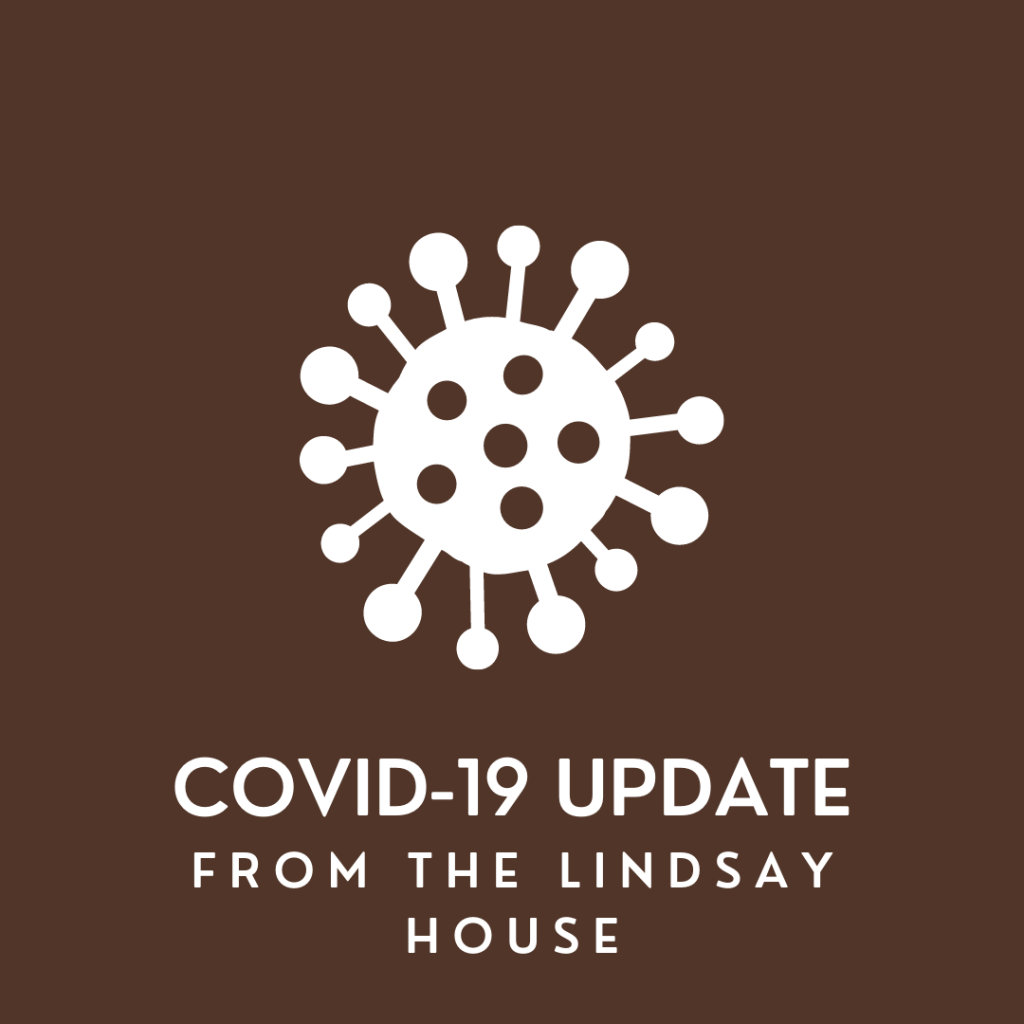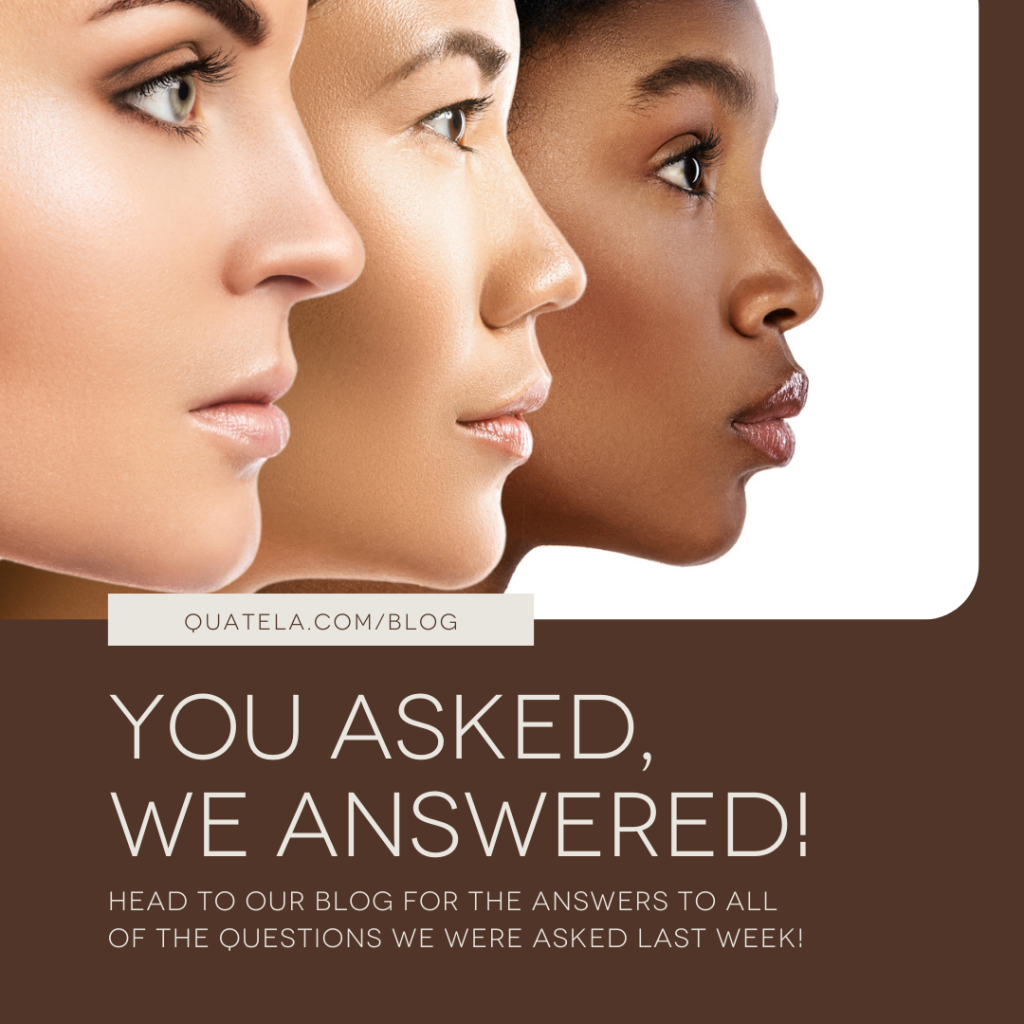A facelift is an effective and safe procedure performed to restore a more youthful appearance. Just as our faces are unique to each of us, surgery is customized to each individual. The overall goal is to address facial aging, concerns in the mid to lower face, and the loss of muscle tone. With so many options available for patients today when it comes to facial rejuvenation, it’s important to do your homework. Below are five frequently asked questions about facelift surgery.
- What is the best procedure for firming the neck and chin?
A number of different treatments can be used for rejuvenation of the neck and chin. For the removal of excess fat beneath the skin, Kybella™ (which can dissolve fat over the course of several treatments) or PrecisionTx™ (a method of laser-assisted liposuction that enhances skin tightness) are common less-invasive treatments. For skin tightening, Ultherapy, a noninvasive method of collagen building and skin tightening, works well both as a treatment and a preventative.
Also a lower facelift can help significantly for the chin and neck. The name “facelift” may be misleading, but it’s important to know that a facelift addresses the lower third of the face, tightening the skin of the lower face and neck.
- Is a facelift the only answer for lifting jowls?
There are a number of different ways to address jowling with aging. As we age, the soft tissue and skin of the lower face begin to descend. Fillers are temporary treatments which can work for early and milder jowling. Hyaluronic acids such as Juvederm® and Restylane® are a good option. More invasive options are surgical. A lower facelift is the best and most long-lasting treatment for jowling. Done well by a skillful surgeon, a facelift can last up to 10 years.
- What should patients look for in facelift before and after photos?
In reviewing a surgeon’s portfolio of before and after photos, there are a number of important factors to notice. The photos should be standardized; the lighting, distance and angles of the photos taken for before and after should be consistent. The traditional views are a frontal view, profile views from each side and a three quarter view from each side. If evaluating facelift results, the hair should be pulled back from the face so as not to distract or obscure any of the facial anatomy. The patient should not be wearing distracting jewelry or excessive makeup.
It’s also important to notice head position. The head should not be tilted up or down but aligned with the horizontal plane of the photo. This ensures the chin is in a neutral position. If the chin is pointed up, this can create an artificially more youthful look by stretching out the neck skin. Similarly if the chin is pointed down, this can accentuate wrinkles in the lower face and neck.
- What is a weekend facelift?
A weekend facelift is another name used for a mini facelift. A mini facelift addresses isolated problems of the lower face, but cannot improve aging as well as the full facelift. The major difference is that the results from a mini lift are more subtle since the muscle layer is not elevated, giving the result less longevity.
- How long should swelling and bruising last after a facelift?
Typically after a lower facelift/neck lift alone, the majority of swelling and bruising should subside by 10-14 days. It is not unusual for initial swelling to last up to 3-4 weeks in some patients. Swelling and bruising can be decreased with the use of ice or some herbal supplements, however it’s important to speak to your doctor about when and how to use these. Dr. Quatela considers a patient fully healed from facelift surgery after 6 months.





Leave a Reply